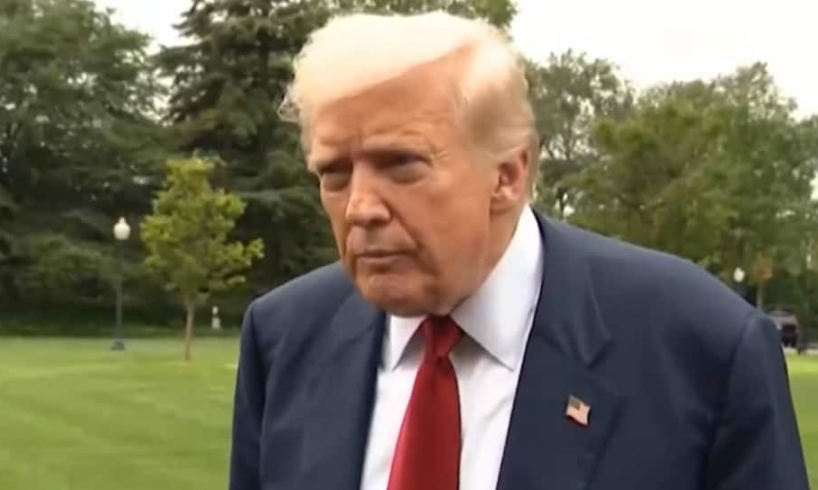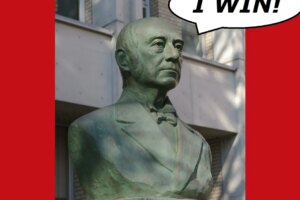
In a dramatic shift, United States President Donald Trump appears to be retreating from his aggressive stance on India just 24 hours after imposing a 25 percent tariff. Three key developments are being seen as signs of this possible reversal.
Russian author Leo Tolstoy once said, “The most difficult but necessary thing is how you deal with the consequences of your actions.”
President Trump’s recent decisions—particularly imposing tariffs on India—could bring consequences that may harm the U.S. economy. The rapid policy shifts now underway seem to reflect his growing awareness of those consequences. In today’s DNA episode, Zee News analysed three signs of America’s U-turn on tariffs levied on India:
Watch Full DNA Episode Here:
#DNA | ट्रंप का सरेंडर..24 घंटे के अंदर? यूएस में फूट..भारत पर ट्रंप का नया ‘झूठ’!
ट्रंप के नए ‘एटम बम’ का DNA टेस्ट#DonaldTrump #PMModi #Varanasi @pratyushkkhare pic.twitter.com/24ZQmxisby
— Zee News (@ZeeNews) August 2, 2025
Three Major Signs of a U-Turn
1- False Claim on Russian Oil
Trump recently claimed that India has stopped purchasing oil from Russia—something he described as a “good step.” However, he did not mention where he got this information, just as he failed to explain his past claim that he had helped prevent a war between India and Pakistan. The Ministry of External Affairs (MEA) has clarified that there has been no change in its oil imports from Russia.
Meanwhile, Indian refineries continue to receive Russian oil, and the decision to do so is based on factors like crude quality, pricing, and supply, making Russian imports strategically beneficial.
2- Selective Tariff Exemptions
Despite the 25 percent tariff announcement, Trump has exempted several key Indian exports. Pharmaceutical products such as tablets, syrups, and injections were kept outside the tariff net to avoid pushing up U.S. medical costs. Similarly, raw materials used in drug manufacturing, petroleum products, and electronic goods like smartphones and semiconductors were spared—moves driven by the risk of inflation within America if these essentials became more expensive.
3- Ongoing Trade Dialogue
Trump continues to emphasize the possibility of a trade deal with India and has confirmed that negotiations will resume later this month. This continued engagement stands in contrast to his aggressive posturing, signaling an openness to compromise.
India’s Firm Stance
India, meanwhile, has refused to bow to pressure. Trump had claimed credit for an oil decision India never made. Prime Minister Narendra Modi, during a public address in Varanasi, countered Trump’s description of India’s economy as “dead,” stating that India is on its way to becoming the world’s third-largest economy. He also reaffirmed that India will prioritize buying products made with its labor, indirectly signaling a preference for domestic fighter jets over U.S.-made F-35s.
Apple and iPhone Factor
Trump had previously tried to pressure Apple CEO Tim Cook over manufacturing in India. However, Cook went ahead with expanding Apple’s production in India, ignoring Trump’s warnings. Now, iPhones made in India are dominating the U.S. market, and Trump has chosen not to impose tariffs on them—another indication of retreat.
Cook also stated that iPhone sales in India are growing rapidly, and the company is opening retail stores in the country. This cements India’s role not just as a market, but as a manufacturing hub.
No Nobel From India
Trump is believed to be angling for a Nobel Peace Prize by claiming he helped prevent six wars. Recently, even Cambodia has proposed its name for the prize. However, India has refused to entertain any such suggestion. When asked about the idea of supporting Trump’s Nobel bid, MEA firmly distanced itself.
Bangladesh and Pakistan’s Temporary Advantage?
Meanwhile, leaders in Pakistan and Bangladesh are celebrating what they see as a tariff advantage over India. Chief Adviser of the Interim Government of Bangladesh Mohammad Yunus claimed that while India faces a 25 percent tariff, Bangladesh has negotiated it down to 20 percent from 37 percent earlier this year. He argued this would benefit Bangladesh’s textile industry.





